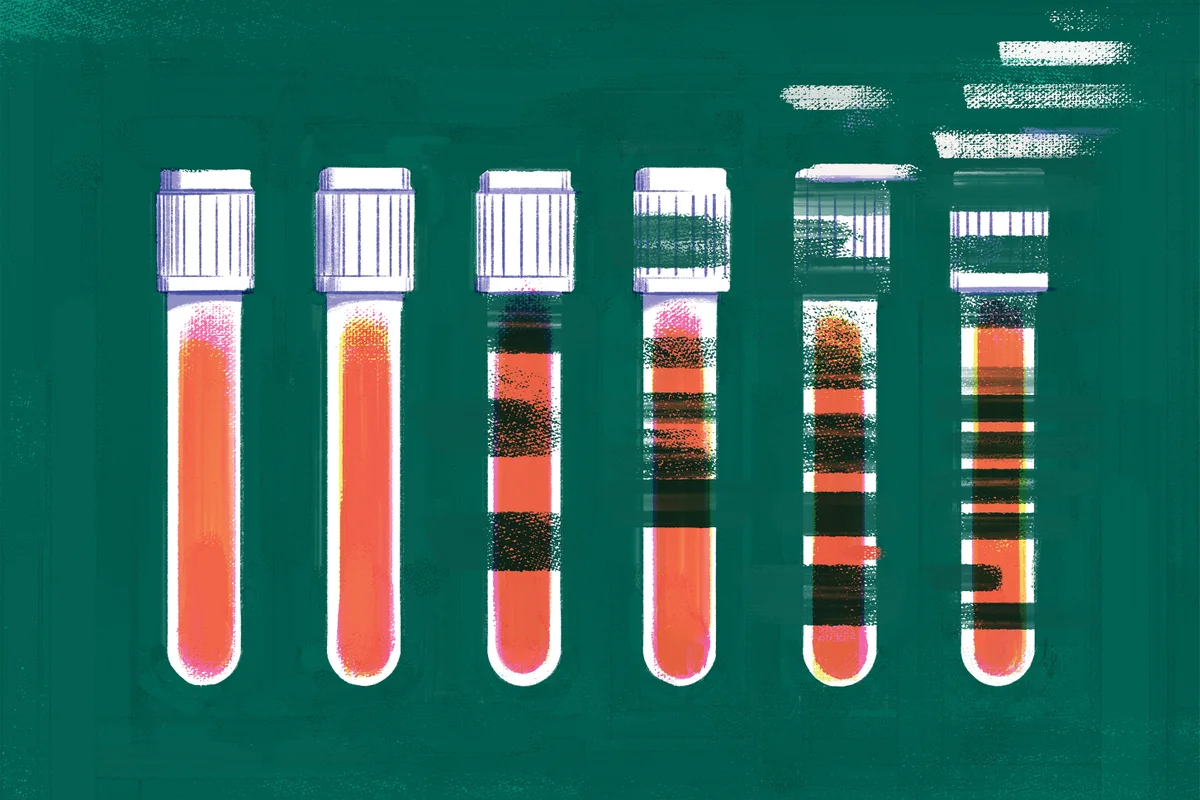By News18,Snigdha Oreya
Copyright news18

Adolescence is more than just a phase of teenage mood swings and growth spurts. It is a biological turning point. Between the ages of 10 and 19, the body undergoes rapid physical, hormonal, and cognitive changes that set the stage for adulthood. While calories fuel the energy demands of this period, it’s the micronutrients – the essential vitamins and minerals- that quietly shape bone density, brain development, immunity, and long-term disease risk.
“Adolescence is a remarkable period where teens experience rapid growth, hormonal changes, and increasing physical and mental demands. Nutrition at this point is not just about filling the stomach but providing building blocks for healthy bones, a sharper mind, and a strong body,” says Dt. Vaishali Verma, Consultant- Nutrition and Dietetics, Manipal Hospital Dwarka.
Why Micronutrients Matter
From stronger bones to sharper concentration, micronutrients play roles far beyond just ‘good nutrition.’ Calcium and vitamin D, for example, are critical for peak bone mass, a reserve that protects against osteoporosis later in life. “Deficiency of these vitamins can lead to a higher risk of fractures and weaker bones,” warns Verma. She recommends sunlight exposure and vitamin D–rich foods like fatty fish and fortified cereals, alongside calcium from dairy and greens.
Iron is another major concern, particularly for adolescent girls. “Iron deficiency is one of the most common nutritional problems in teens, leading to fatigue and anaemia,” says Verma. Pairing iron-rich foods such as spinach, lentils, and pumpkin seeds with vitamin C–rich fruits boosts absorption.
According to Meena Kumari, Chief Dietitian at Sarvodaya Hospital, Faridabad, neglecting micronutrient intake can derail development. “Deficiencies during this phase can impair growth, delay puberty, reduce height, weaken immunity, and increase risk of chronic diseases such as osteoporosis, anaemia, and cardiovascular disease later in life.”
Beyond Bones and Energy
Micronutrients also have less obvious, but equally powerful, roles in adolescent health. Vitamin A supports skin health, vision, and immunity. Zinc aids wound healing and focus. B vitamins fuel metabolism, brain development, and nerve health. “Lack of B vitamins can lead to issues like folate deficiency and even serious conditions such as beriberi,” notes Verma. Kumari adds iodine and magnesium to the must-have list, citing their roles in thyroid health and cognitive function.
Why Teens Miss Out
Despite their importance, micronutrients are often missing from teen diets. “Poor food choices that favour energy-dense, nutrient-poor foods, limited awareness, and social influences like peer eating habits all contribute to deficiencies,” explains Kumari. The increased nutritional demands of puberty only magnify the gap.
Bridging the Gap
The fix, experts say, lies in awareness and variety. “Encouraging healthy eating habits during adolescence not only helps in fast growth but also creates a base for lifetime wellness,” stresses Verma. Kumari points to solutions such as fortified foods, targeted supplementation for high-risk groups like menstruating girls, and school- or community-level nutrition education.
The message is clear: getting micronutrients right during adolescence is not just about the here and now. It’s an investment in stronger bones, sharper minds, and reduced risk of lifestyle diseases decades down the line.



